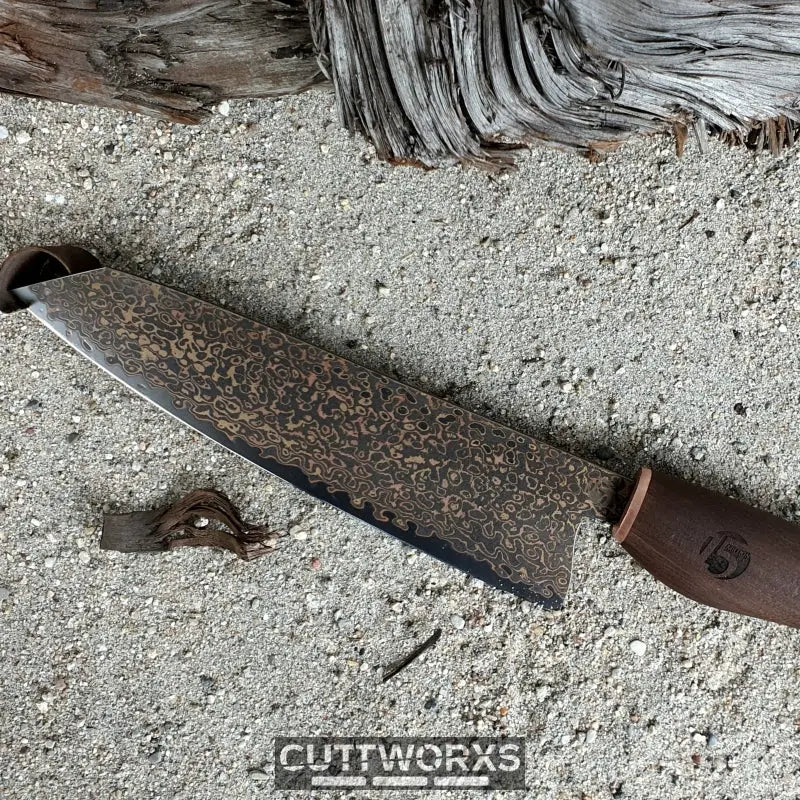
Damascus knives: precision, tradition & quality for your kitchen
Damascus knife – A tool with history and precision
Damascus knives are not just sharp kitchen tools, but true works of art that carry a centuries-old tradition. Originally developed in the ancient Orient, Damascus-forged blades were known for their strength, flexibility, and extreme sharpness. Today, modern Damascus knives are distinguished primarily by their characteristic pattern, created by the artful forging and folding of various types of steel.
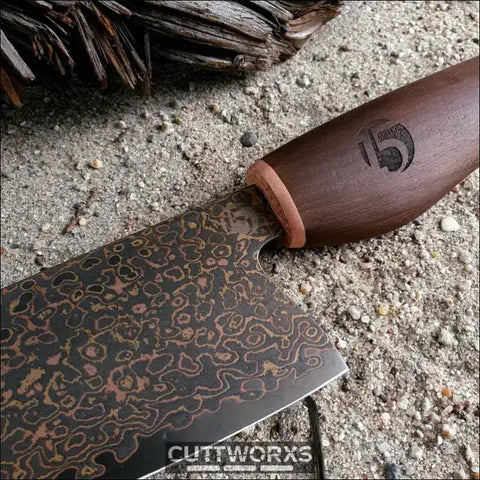
Our Cuttworxs Damascus knife collection: FlameWood / OriginWood
The art of manufacturing: How is a Damascus knife made?
Authentic Damascus knives are created through the skillful processing of different types of steel—harder for edge retention and softer for flexibility. This process involves heating, folding, and forging the steel, often hundreds of times, to form the characteristic grain and excellent cutting properties.
Important steps of production:
Layer structure: A stack of different steel grades forms the starting block.Heating and forging: The material is folded and heated to achieve the desired Damascus look.Hardening: Quenching allows the steel to achieve maximum hardness.Grinding and polishing: During these phases the knife gets its final shape and sharpness.
Important: Pattern alone does not guarantee high quality! Artificially produced "fake Damascus" can also be deceptive, but it doesn't achieve the functionality of genuine Damascus steel.
Purchase criteria: How do I recognize a good Damascus knife?
1. Material quality
Real Damascus steel: Often forged with a hard core surrounded by softer layers.
Tip: Look for key specifications like “VG10,” “1095 Carbon,” or “Sandvik,” which indicate quality.
2. Processing
Symmetry: A uniformly and cleanly finished blade shows craftsmanship.Transition: A seamless and robust connection between blade and handle (tang) is essential.Handle material: High-quality handles improve the ergonomics and durability of the knife.
3. Mustering
Naturalness: The genuine damask pattern is always distinctive and never too 'perfect'.
4. Sharpness
- A high-quality Damascus knife is razor-sharp right out of the box.
Price and materials: What you should consider
1. Inexpensive knives (< 50 €):
Pattern: Often only superficially etched or embossed – not authentic.Steel quality: Simple stainless steel, which experience shows becomes blunt quickly.
2. Middle class (50–150 €):
Pattern: Authentic Damascus with a good core steel that offers hardness and flexibility.
3. Luxury class (> 150 €):
Pattern: Hand-forged damask, often combined with luxurious materials and detailed decorations.
Care instructions: To ensure your Damascus knife lasts a long time
Cleaning: It is best to wash by hand and dry immediately. Sharpening: Use a whetstone regularly or consult a professional. Storage: A knife block or protective storage is ideal.
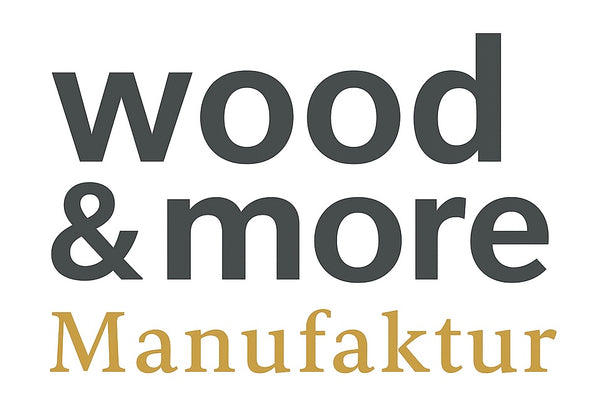
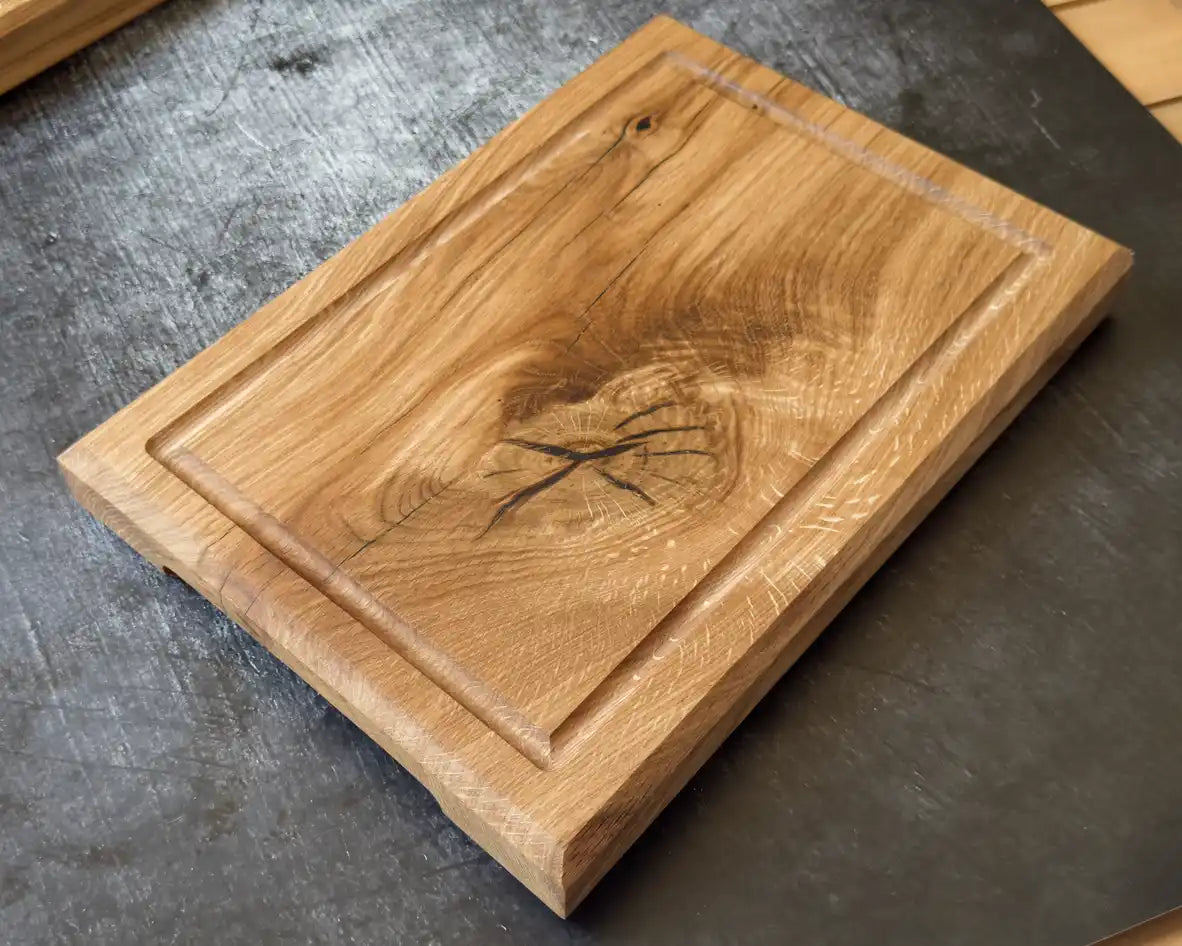
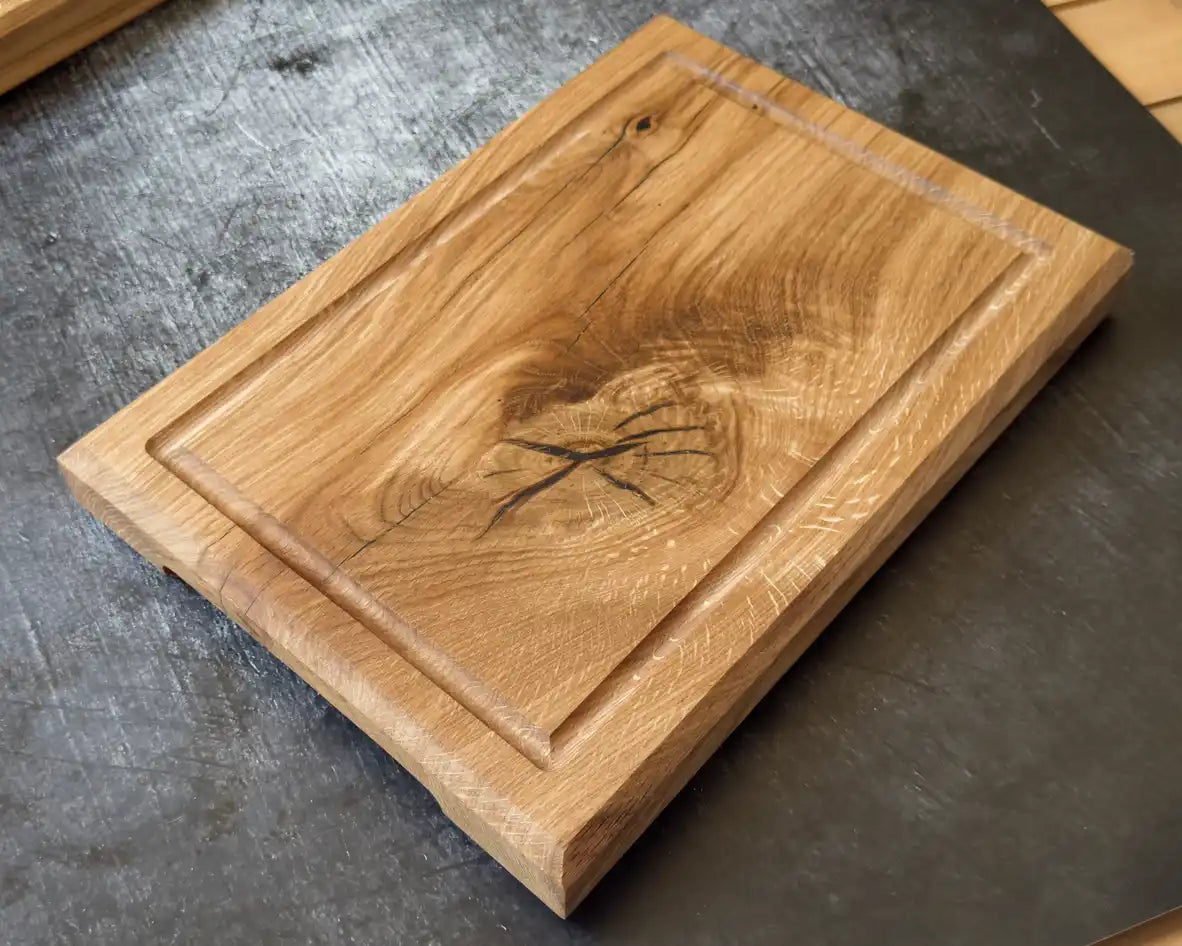
















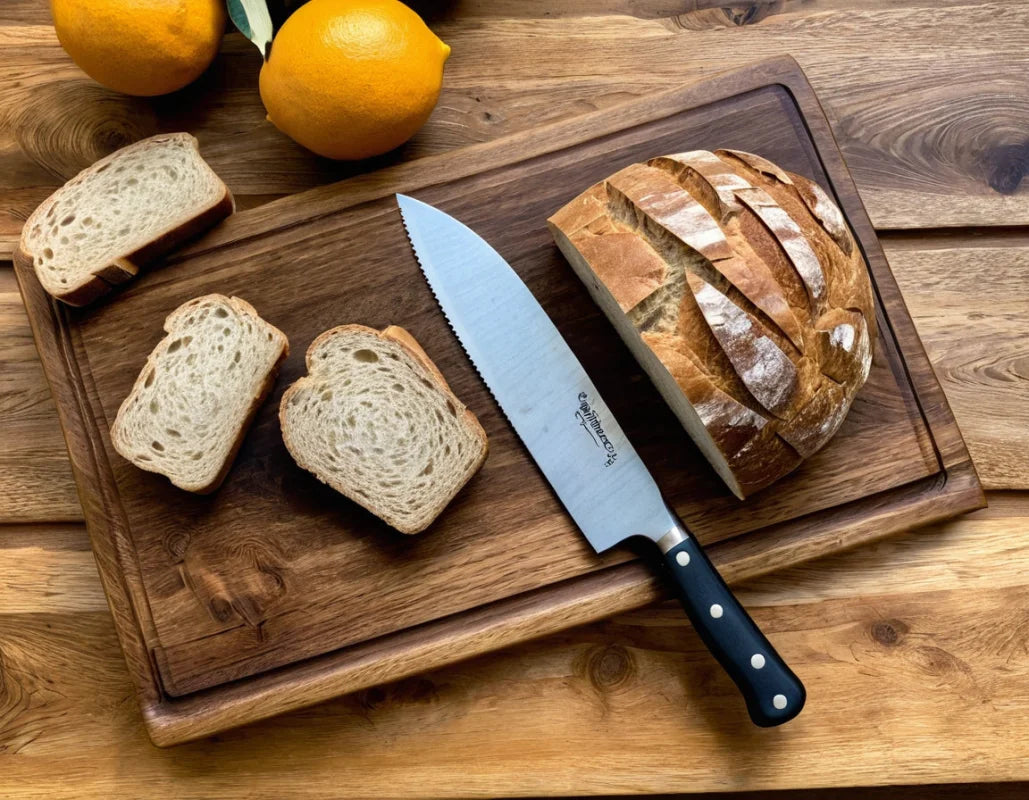
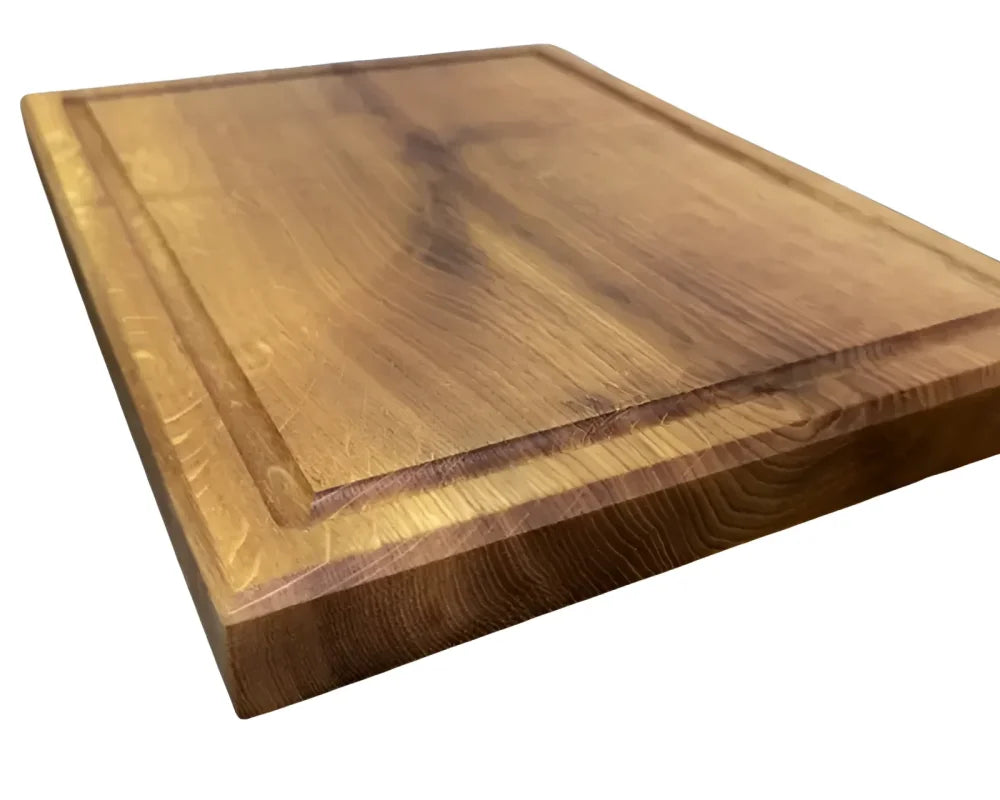
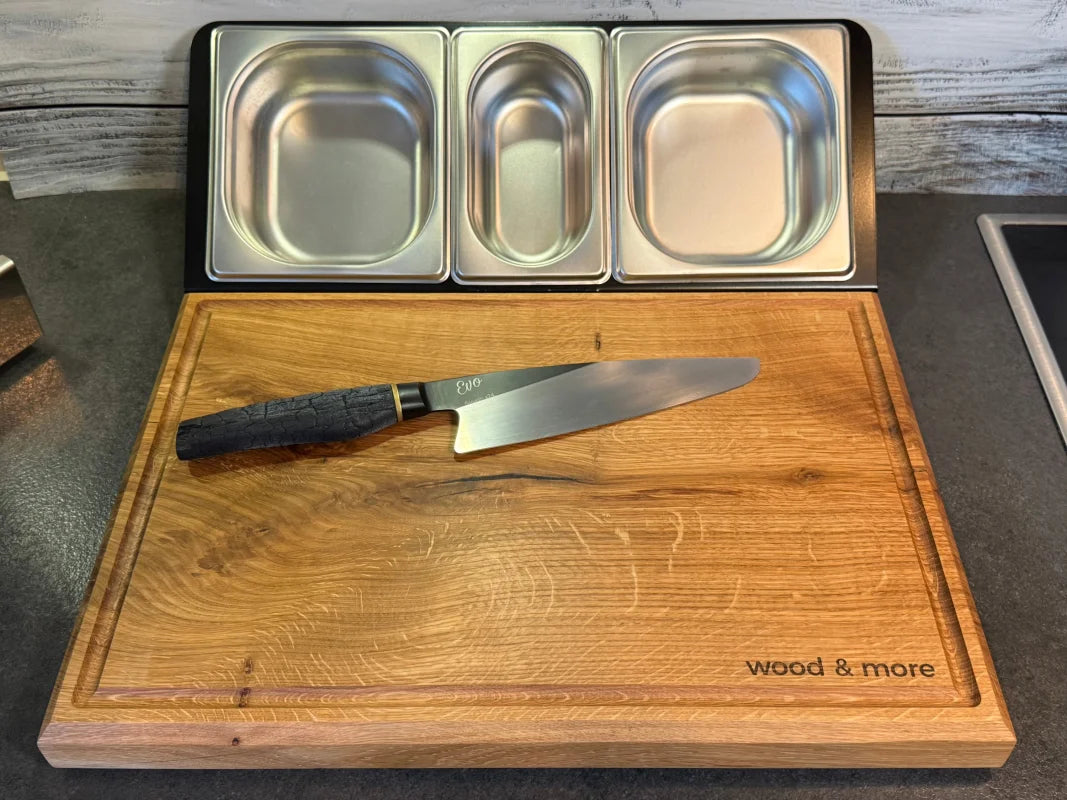
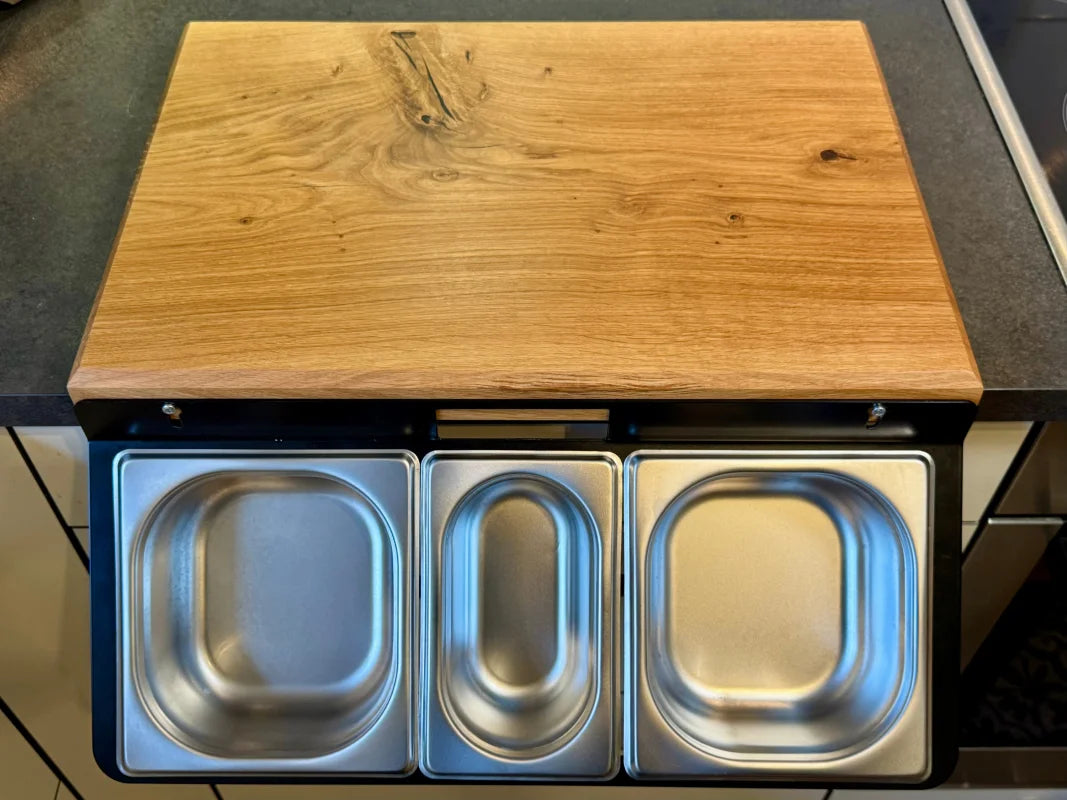
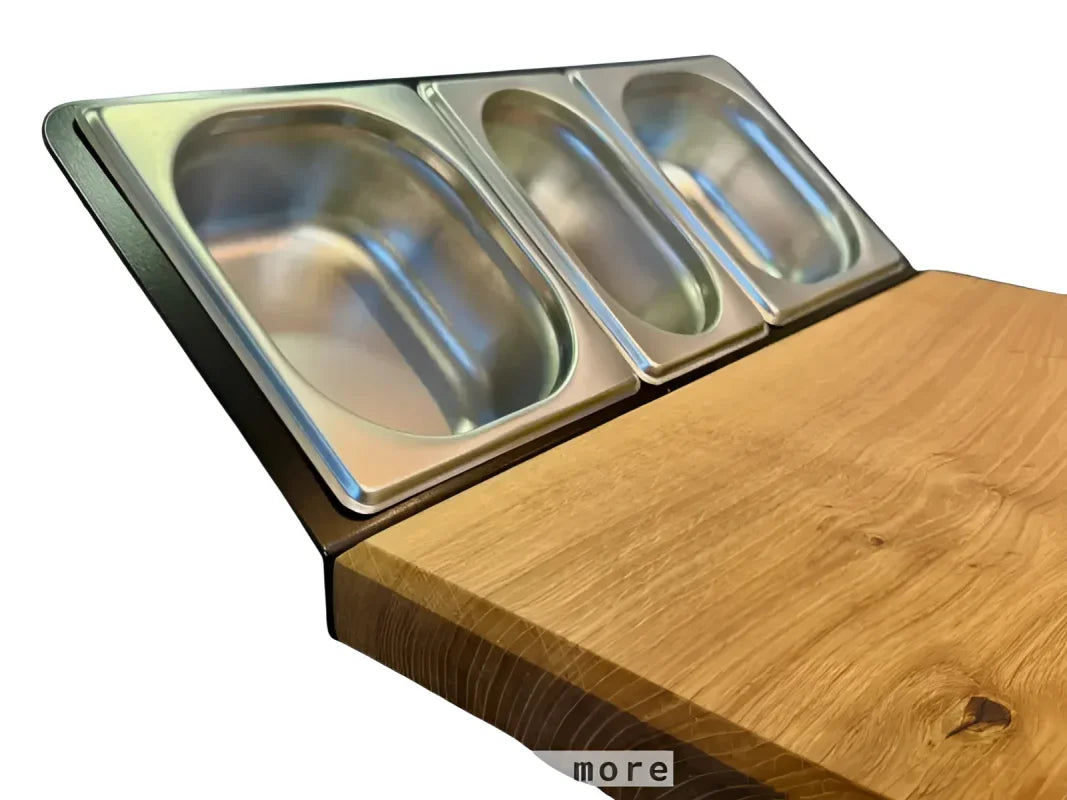












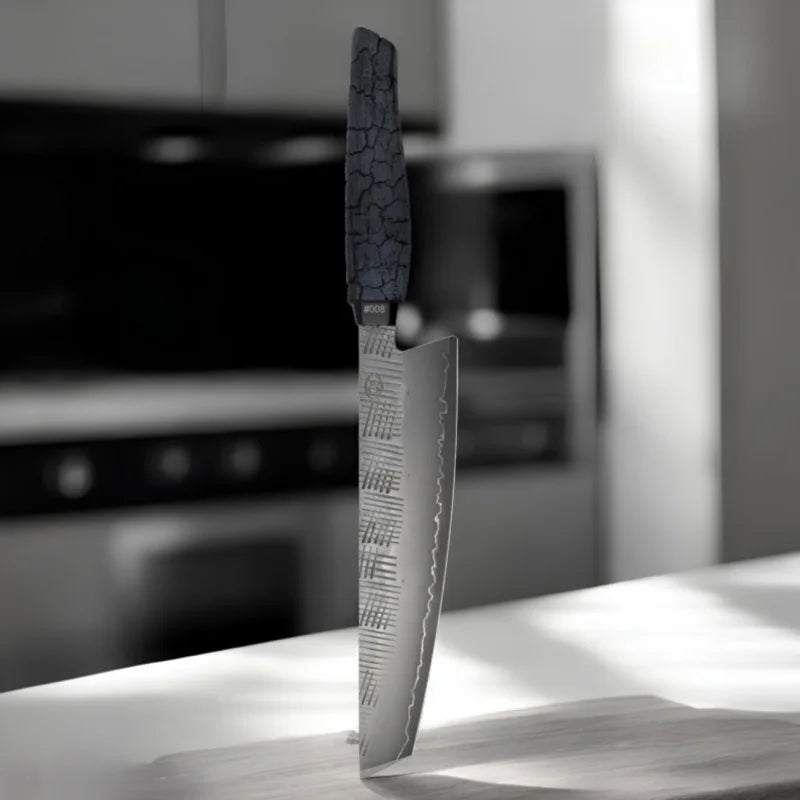
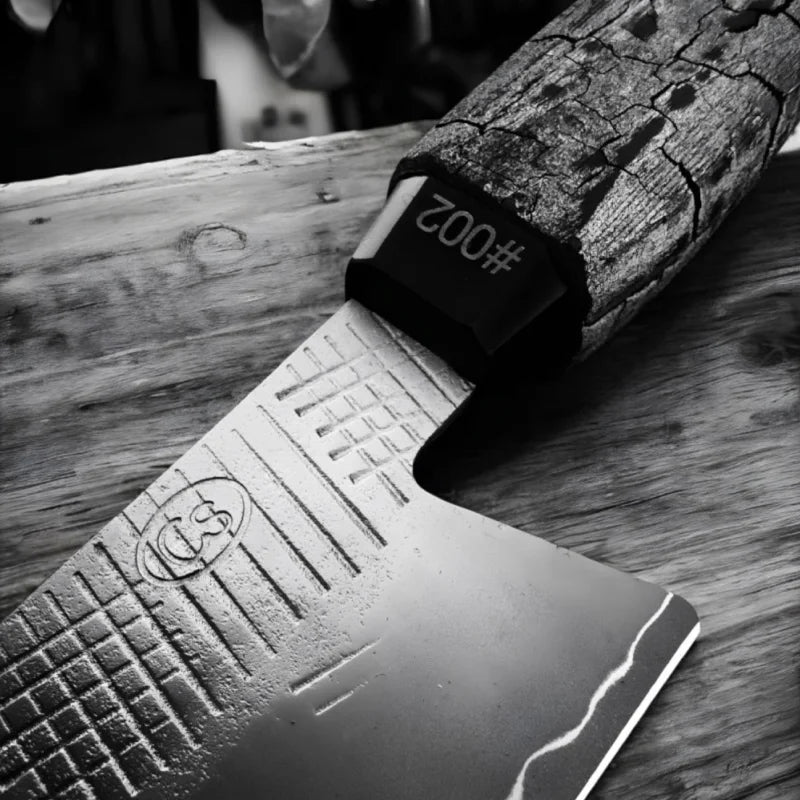
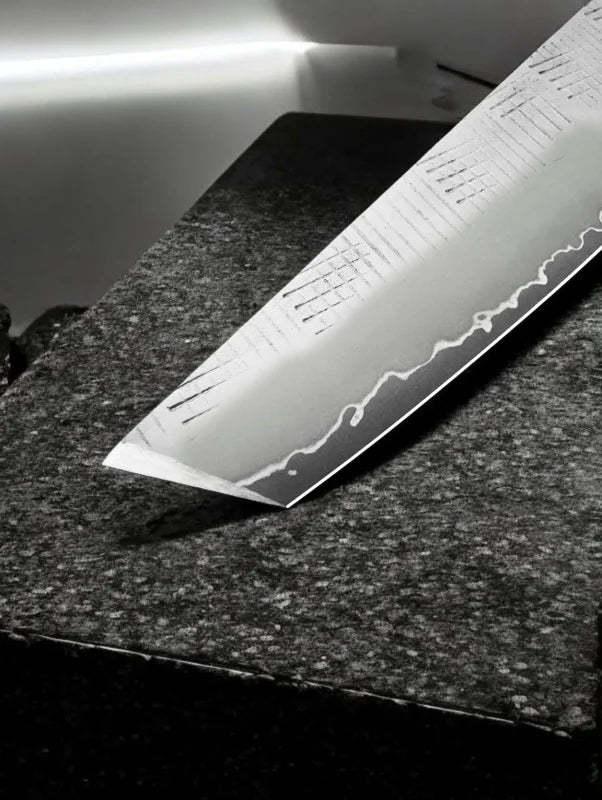






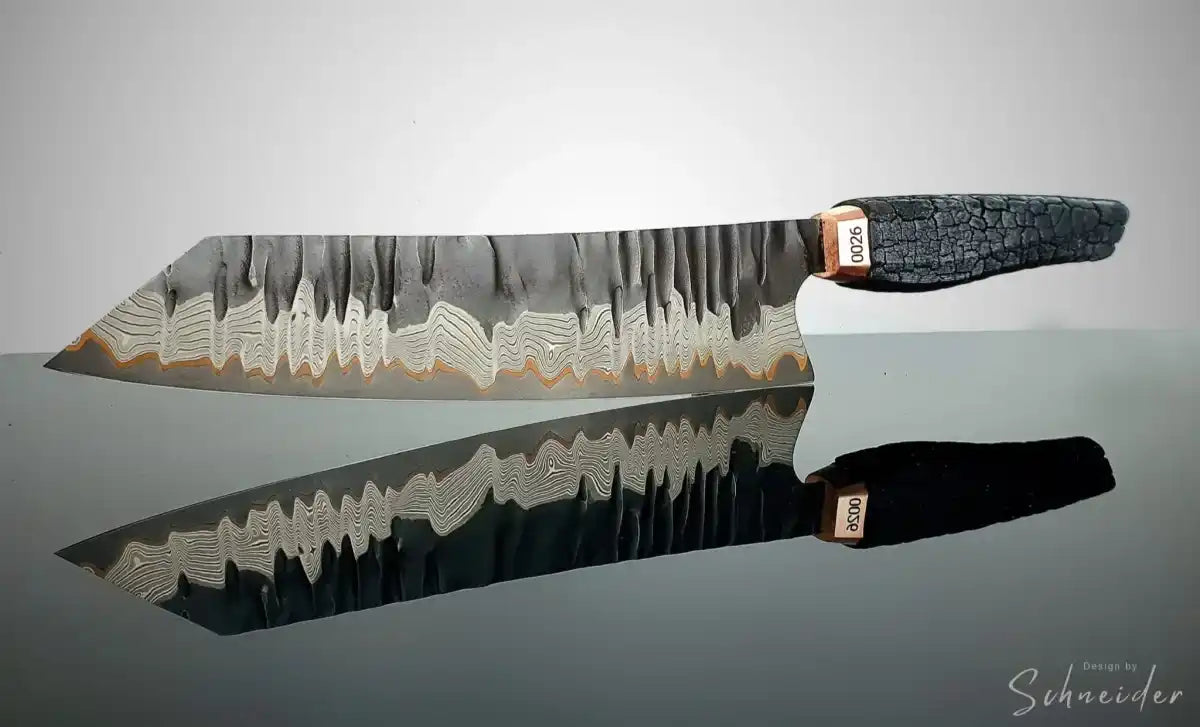
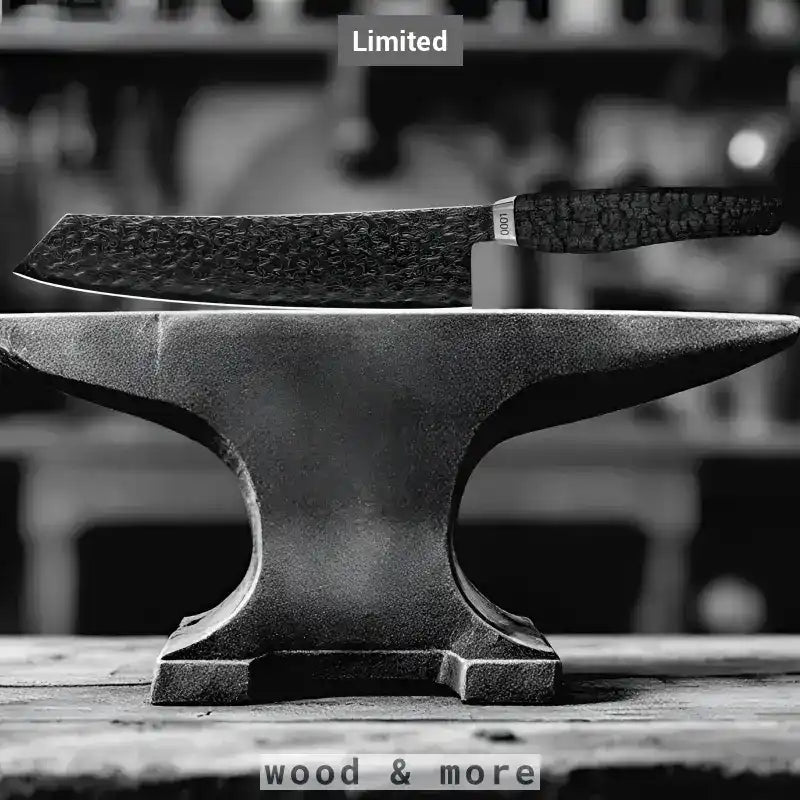

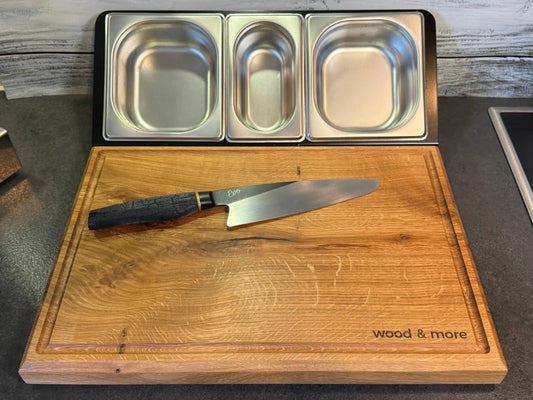
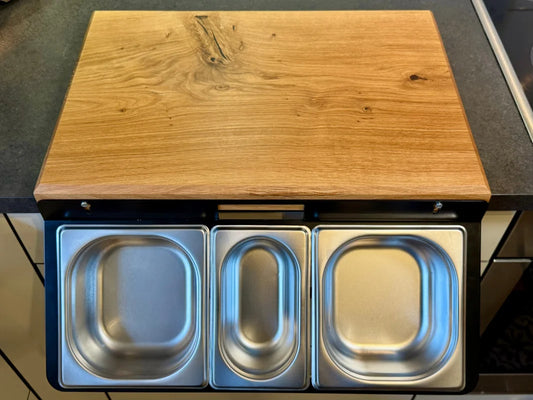 >
>
 >
>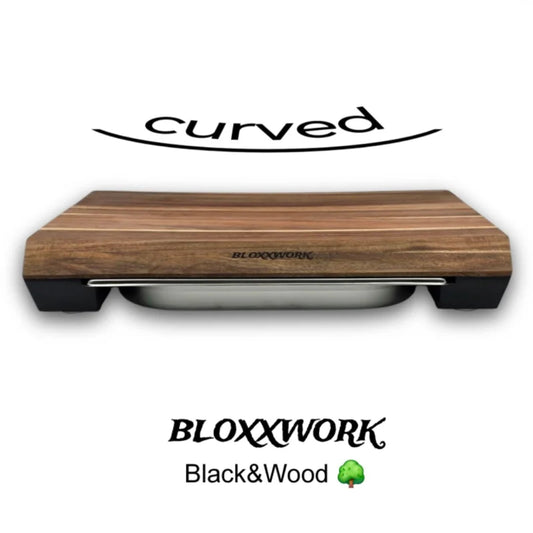
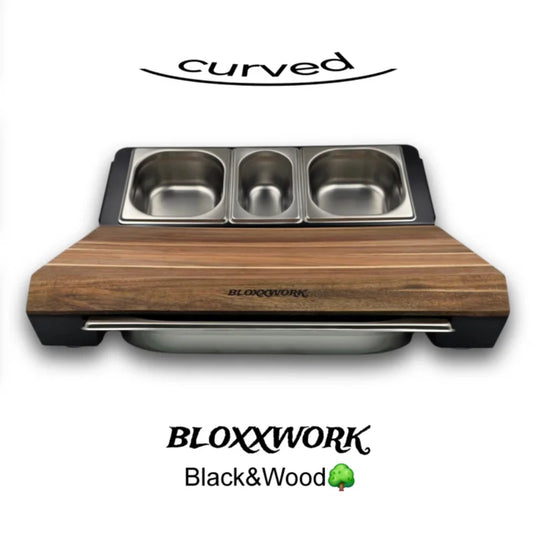 >
>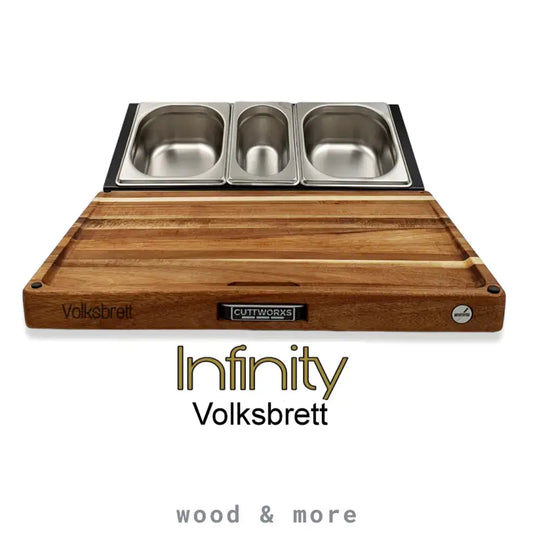
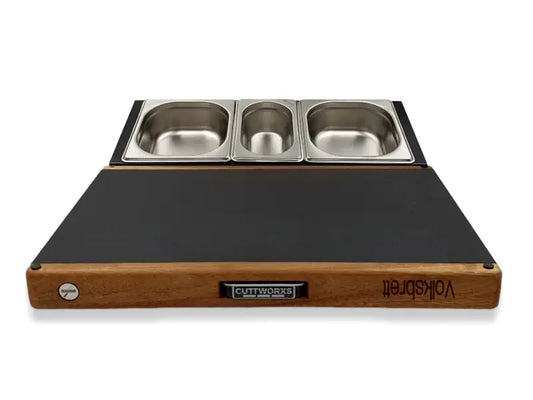 >
>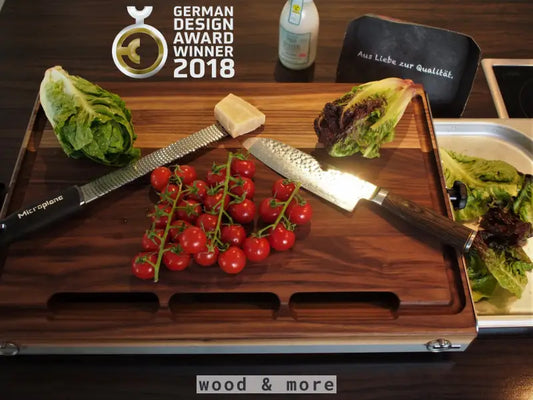
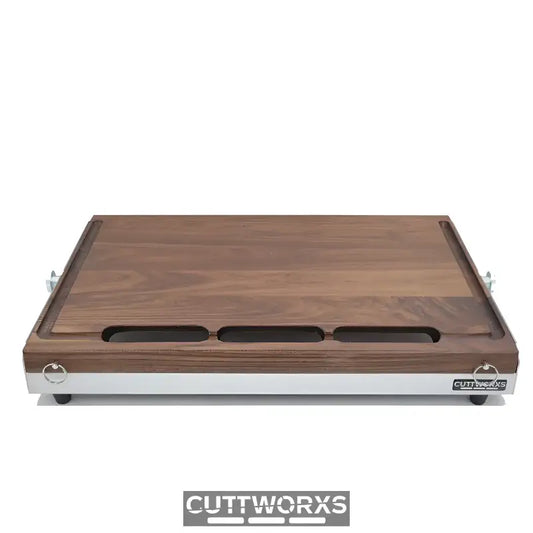 >
>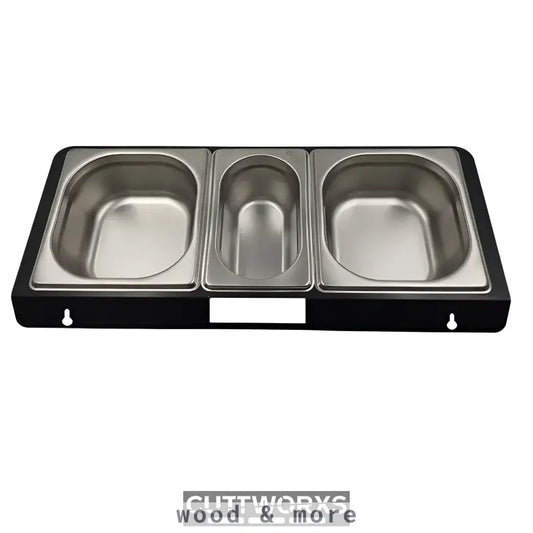
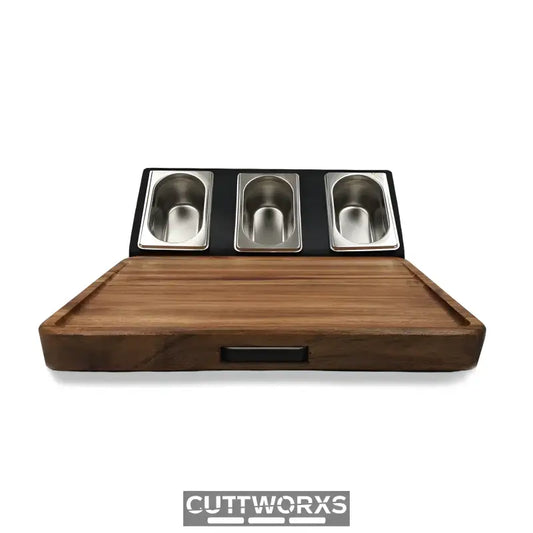 >
>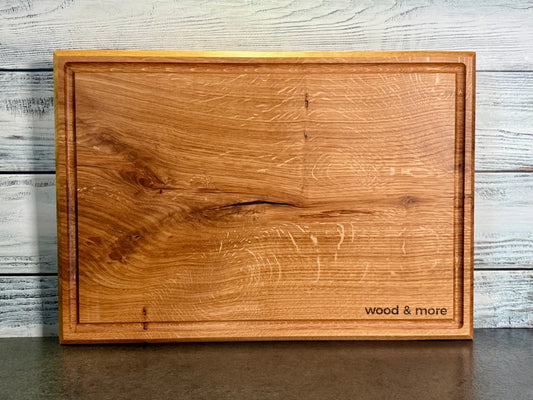
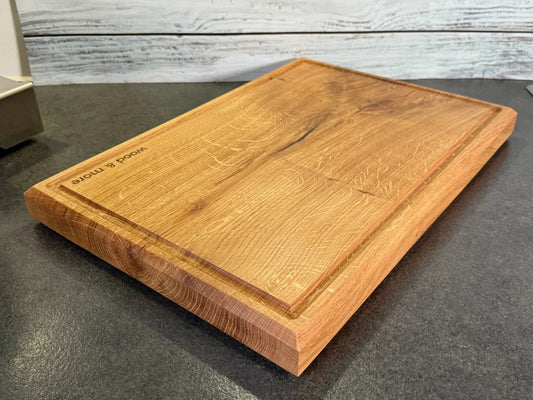 >
>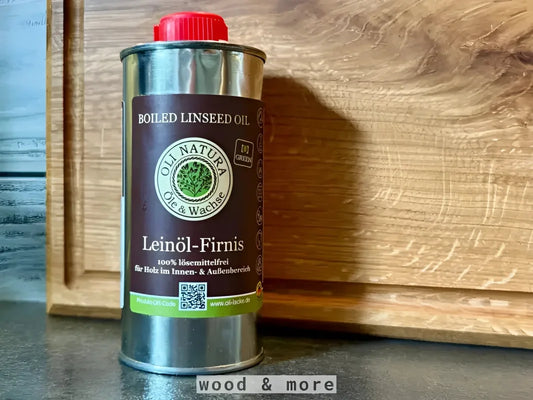
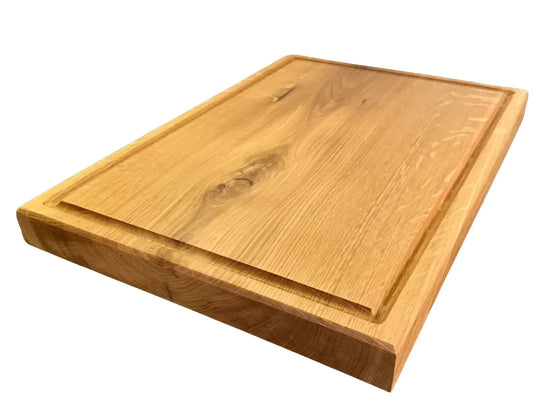 >
>